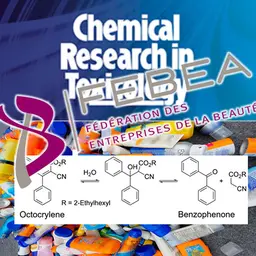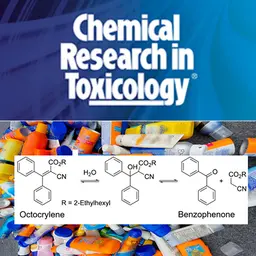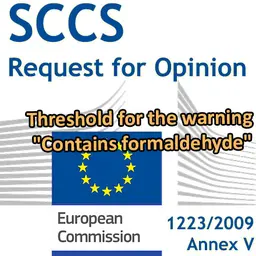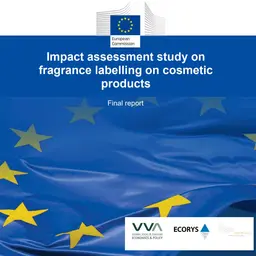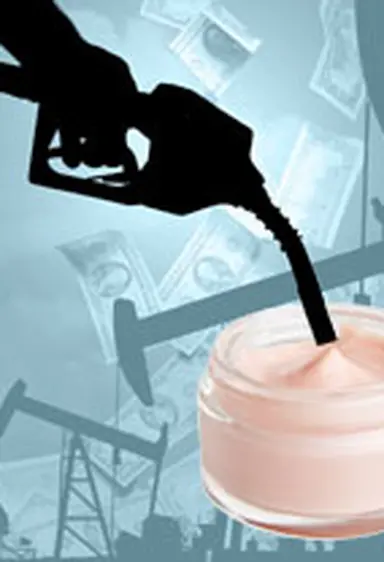
Paraffin and liquid paraffin, Vaseline, synthetic wax … all are hydrocarbons very often used in our cosmetics. You never thought you would apply a petroleum derivative on your skin? Nevertheless, we bet you do it, very often, especially if you use a lipstick, a moisturizing cream on your face, a body lotion or a make-up remover, all among the not-too-expensive products. Apart a gut reluctance you may feel, just by thinking about it, is there any problem to anticipate when using these mineral oils and wax? Could the cosmetics industry get rid of them? Let us take full stock of this slippery situation!
Mineral oils and wax come from the fractional distillation of coal, petroleum or some oil shales.
They comprise a mix of paraffinic, naphthenic and polycyclic hydrocarbons, their consistency being from fluid liquids to spreads to thick wax.
Their use is ubiquitous. For decades, oils have brought light through the kerosene lamps of older generations. They are used as lubricant for gears in mechanics, car engines or pharmaceutical gels … Wax are allowed as food additives and are the coating agent of our confectionery and dried fruits (E 905, E 907…). All are widely used as cosmetics ingredients … yet get a bad press.
Here are the two facets of the case, in favor of, or against, their use.
In favor
Mineral oils and wax are tried and tested, chemically stable and very cheap ingredients, all this making them especially attractive.
Moisturizing agents
Anti-static
and
emollient
, mineral oils are a very-easy-to-use basis for all kind of
emulsions
.
Furthermore, they all are, more or less, occlusive, depending on their specific gravity. They do as a waterproof film on skin; they prevent any loss of water from
epidermis
and keep its moisture, which may be very useful on dry skins or …



